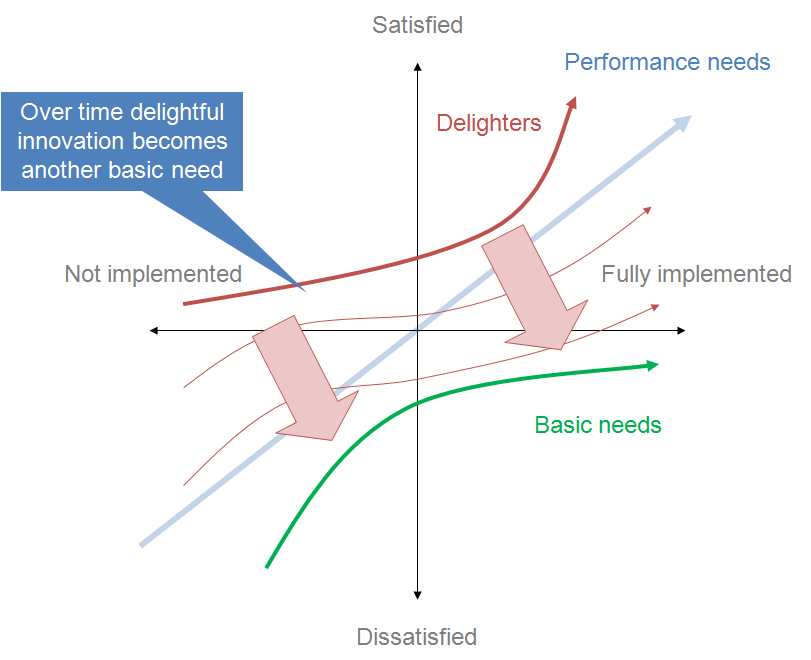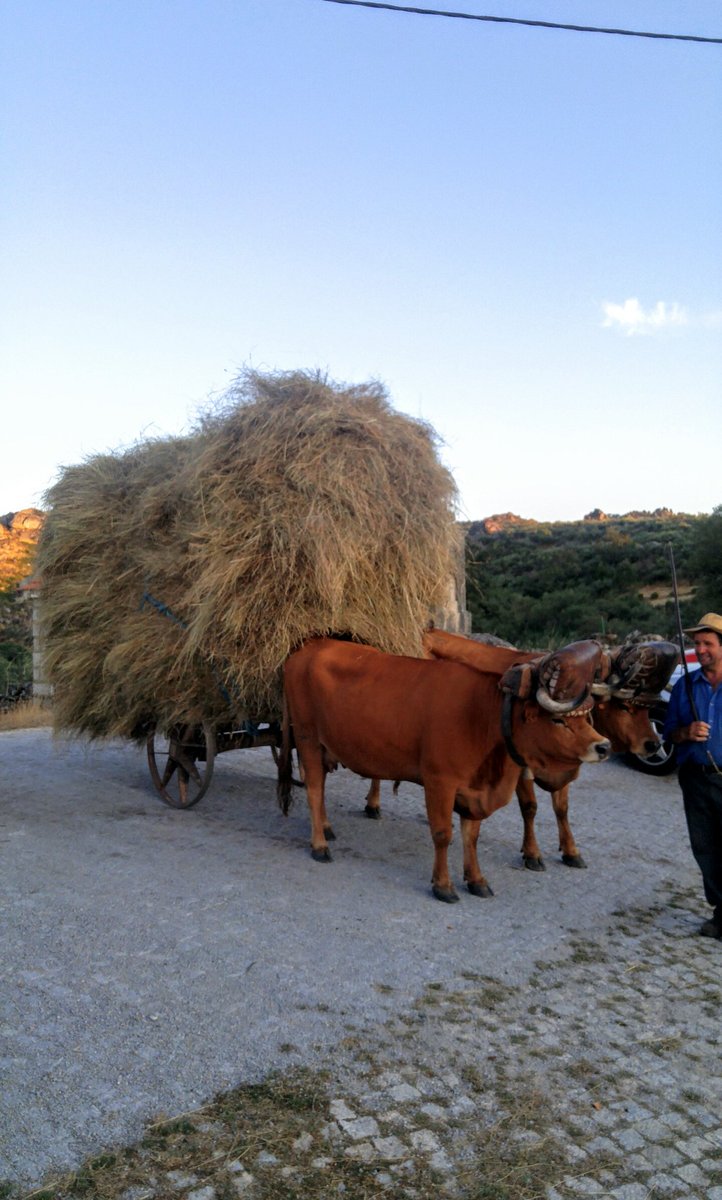“Clausewitz describes the effects of friction in terms of two gaps. One gap, caused by our trying to act on an unpredictable external environment of which we are always somewhat ignorant, is between “desired outcomes and actual outcomes (as in the example of the simple journey of the overoptimistic traveler). Another gap, caused by internal friction, is the gap between the plans and the actions of an organization. It comes from the problem of information access, transfer, and processing in which many independent agents are involved (as in his example of a battalion being made up of many individuals, any one of whom could make the plan go awry).
...
The problem of strategy implementation is often reduced to one issue: the gap between plans and actions. How do we get an organization actually to carry out what has been agreed? However, because of the nature of the environment, even if the organization executes the plan, there is no guarantee that the actual outcomes will match the desired ones; that is, the ones the plan was intended to achieve. The two gaps interact to exacerbate each other. In both cases there is uncertainty between inputs and outputs. The problem of achieving an organization’s goals is not merely one of getting it to act, but of getting it to act in such a way that what is actually achieved is what was wanted in the first place. We have to link the internal and external aspects of friction and overcome them both at the same time. There is a third gap, the one between the two, which we must also overcome
...
So these two gaps collapse together, leaving three in all: the gaps between plans, actions, and the outcomes they achieve.
In the case of all three elements – plans, actions, and outcomes – there is a difference between the actual and the ideal. The ultimate evidence for this is that the actual outcomes differ from the desired ones. That means that the actions actually taken were different from those we should have taken. This in turn may have been because we planned the wrong actions (as in the case of the traveler) or because although we planned the right actions, people did not actually do what we intended (as in the case of the confused battalion). Or it may have been because of both. The causes of those shortfalls are different in each case.Tudo a conjugar-se para asneira da grossa, para microgestão, para big data...
...
And even if we make good plans based on the best information available at the time and people do exactly what we plan, the effects of our actions may not be the ones we wanted because the environment is nonlinear and hence is fundamentally unpredictable. As time passes the situation will change, chance events will occur, other agents such as customers or competitors will take actions of their own, and we will find that what we do is only one factor among several which create a new situation. Even if the situation is stable, some of the effects of our actions will be unintended. Reality will change...
So in making strategy happen, far from simply addressing the narrowly defined implementation gap between plans and action, we have to overcome three. Those responsible for giving direction face the specific problem of creating robust plans, and those responsible for taking action face the specific problem of achieving results in markets that can react unpredictably.
...
These real uncertainties produce general psychological uncertainty. We do not like uncertainty. It makes us feel uncomfortable, so we try to eliminate it.
...
[Moi ici: Isto gera uma tendência para mais informação, mais detalhe, mais controlo, mais procedimentos, mais...] show a consistent drive toward more detail in information, instructions, and control, on the part of both individuals and the organization as a whole. This response is not only a natural reaction for us as individuals, it is what the processes and structures of most organizations are set up to facilitate."
Excerto de: Bungay, Stephen. “The Art of Action: Leadership that Closes the Gaps between Plans, Actions and Results”

































